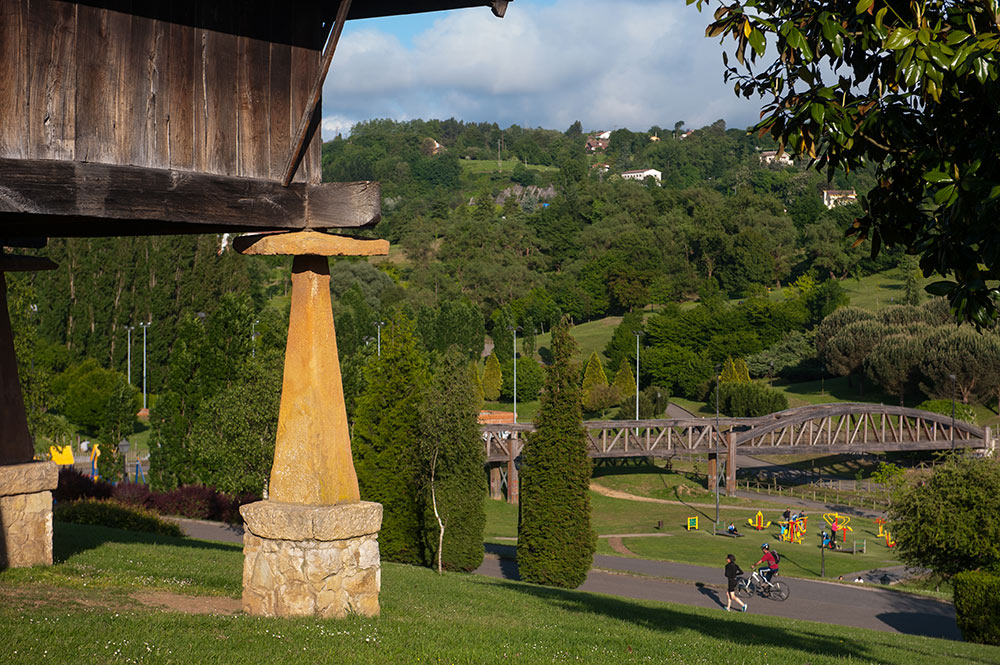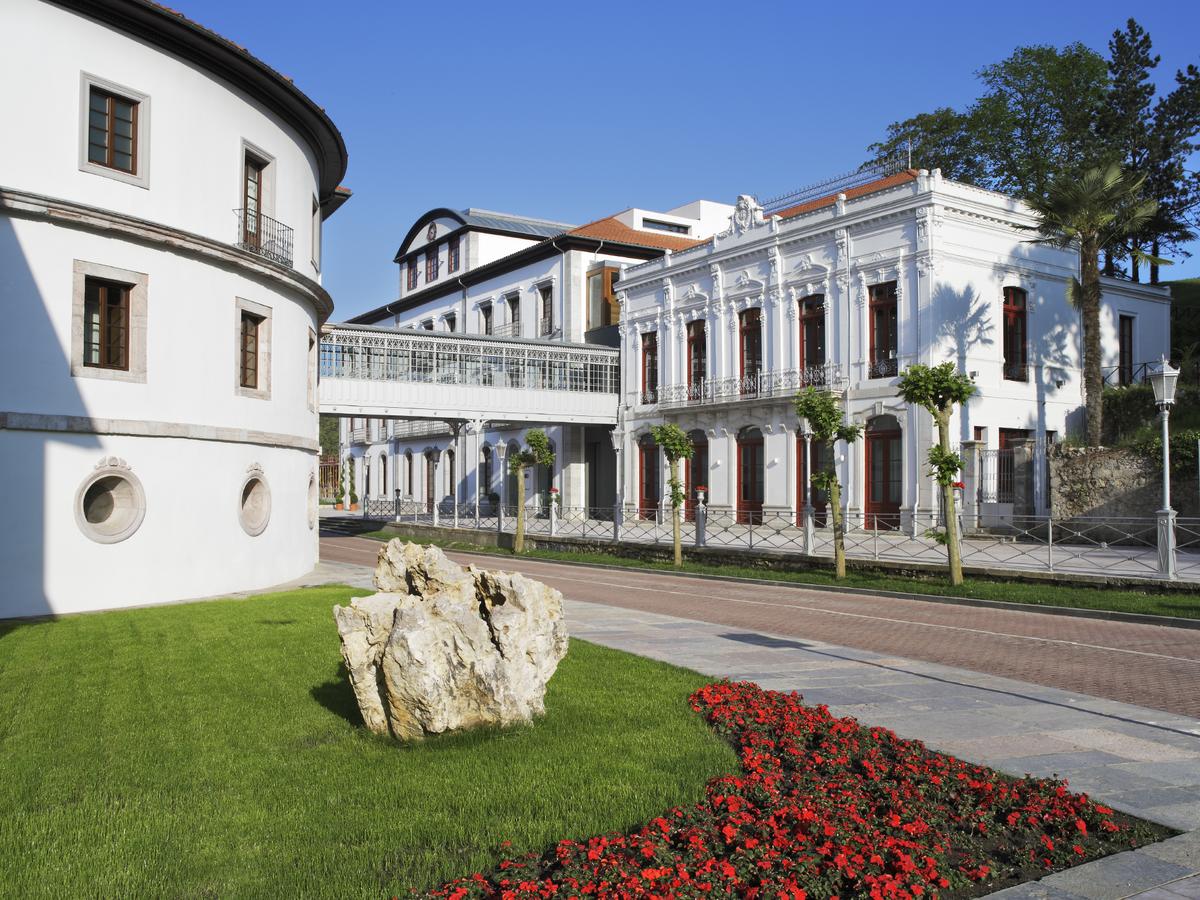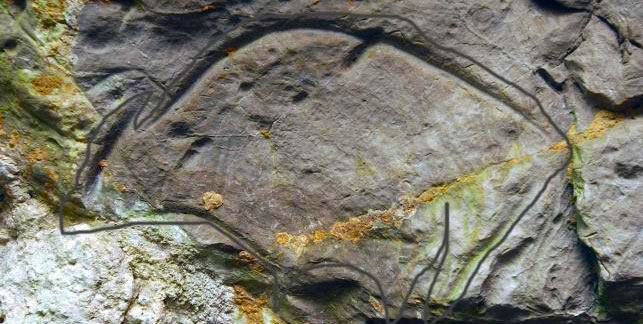Morning: From Parque de Invierno (Winter Park) to Fuso de la Reina
MORNING: FROM PARQUE DE INVIERNO (WINTER PARK) TO FUSO DE LA REINA
The Finnish Track - in the Naranco area - is very popular but Oviedo’s Senda Verda (Green Route) is perhaps the most popular in terms of use. It starts at Parque de Invierno (Winter Park) and ends at Fuso de la Reina. That was the original route; now you can also start further back, at Carlos Asensio Bretones Street, where there is a half-kilometre passageway that you can use if you decide to start from the east of the city centre.
The path was originally 7.8 kilometres long and, like other green routes in Spain, it resulted from the closure of a former railway line, a platform that, once adapted, is now used by many locals to walk, run, cycle and skate. It is paved and flat - on a slight slope on the way out - making it an excellent option for an easy walk.
A Park in the Sun
With a surface covering almost 172,000 square metres, Parque de Invierno (Winter Park) is the second largest park in the municipality, after Purification Tomás Park on the slopes of Mount Naranco. As it faces south, it is also the sunniest; hence, its name. It has a children's playground, table tennis, skate courts and some fitness equipment, benches and picnic tables. On the left, there are municipal swimming pools nearby and, on the right, the Palacio de los Niños (Children's Palace). (www.palaciodelosninos.com)
The park is a large field dotted with trees and shrubs. There is also a unique labyrinth covering 800 square metres made from 320 laurel trees that stand at a height of 2.5 metres.
As you make your way down the park’s stairs and paths, and after crossing a wooden bridge, you will come to a restored farmhouse and, across the road, in the background, the Aramo Mountain Range will catch your eye; always impressive if the day is clear and particularly in winter with its snow covered peaks.
Further down, to the left, is the original starting point to the Green Route (Senda Verde).
The Joy of the Pilgrims and the Gunpowder
Even if you do not enter La Manjoya, you may be interested in some information. For some authors, the name of La Manjoya, which appeared in diplomatic sources in the 14th century although it can be traced back more than a century earlier, is related to the section of the Way of St. James that passes through this parish, but on the other side of the Green Route. According to this version, La Manjoya derives from the French cry of joy ("Mon joie!") that French pilgrims would exclaim when they arrived at the point where they glimpsed their destination: the spire of the Cathedral of San Salvador in Oviedo.
There was a gunpowder factory in La Manjoya in the 19th century. It then changed to making dynamite and, eventually, fertilizer. To protect the city from a possible explosion, the production area was surrounded by a forest that went untouched for years, hence its lushness. This is La Zoreda forest, now municipal property, with chestnut, oak, maple, willows, ash trees, mimosas, laurels, cherry trees covering more than 21 hectares and crossed by a road leading to a hotel.
Four Tunnels
The first section of the Green Route starts on the left of the A-66 motorway and runs almost parallel to it for the first third of the distance to La Manjoya, where it crosses over the motorway by means of a wooden bridge. In La Manjoya, you can find the old FEVE (narrow gauge railway) station building, where there are toilets. After crossing the bridge, it runs through a rural area of meadows and grazing cattle to the parish of Latores. A little further on, at the height of the La Belonga quarries, there is a drinking fountain. The path runs parallel to the Gafo River and reaches the first tunnel of a total of four: Molineru (150 metres), Mergullu (70 metres), Premaña (30 metres) and, near the end, Veneros (260 metres).

Golf “Baptism”
La Premaña, after which one of the tunnels is named, is the name of a valley with a Golf Course (www.golflascaldas.com), a municipal facility with an 18-hole, par 71 course measuring 5,678 metres long, and with 600 m2 of greens. It also has a practice bunker and a 1,000 m2 putting green. The course is in a completely natural environment – a restored mill house can be found preserved in the centre - and, therefore, the game takes two different paths depending on the lay of the land.
It is used to practice, promote and develop golfing activities, from holding championships to people’s “baptism” in this sport, to which anyone can sign up for free. In spring, there may be a high concentration of pollen.
After visiting the golf course (where there are a café and restaurant, with excellent prices) the Route continues. You will have realised by now that, as far as La Manjoya and a little further on, it is quite busy, as many people from Oviedo do the first part of the route as their daily exercise. However, you will now come across fewer and fewer people and the landscape will become increasingly rural.
We still have to cross the last tunnel, Veneros, the longest and on a bend.
At the exit, you will see Mount Avis. The proximity of its rock face may impress you, however, it is a small peak that experienced mountaineers and hikers can climb on a route from Bueño.
After exiting Veneros Tunnel, there is a straight section and good views of the Nalon River, which you have to cross to reach Fuso de la Reina, where there is a unique railway station that houses one of the bars in the area.

Hórreos, Paneras and their "Pegoyos” (Typical Granaries)
At the very beginning of Parque de Invierno (Winter Park), you will see a panera, which will serve as an "appetizer" as you learn about Asturian ethnography. Hórreos and paneras are constructions that, since antiquity, have been used in Asturias to store part of the harvest by keeping the grain, cured sausages from the slaughter, or potatoes protected from dampness and rodents.
The most typical constructions of Asturias are the horreos, which are square, while the paneras are rectangular. The shapes of their roofs are different and they also differ in the number of pillars that support them. An horreo has four pillars - known locally as “pegoyos” - and a panera has six or more. One of the most typical images of rural Asturias is that of “riestras” (strings) of corn drying and browning as they hang from the railings of an horreo. There are about 10,000 Hórreos in the Principality of Asturias and they have been declared items of Cultural Heritage.
There are several villages with many horreos and paneras. Only 11 kilometres from Oviedo, you have Bueño, in Ribera de Arriba, with an Horreo Interpretation Centre where there are 47 of these constructions.

A Thermal Villa
There are several ways to reach Las Caldas on foot. One is to exit the Green Route before arriving at Fuso. Another is to take the path from Fuso de la Reina to Trubia and Tuñón, and the third is to walk down the road through Puerto and toward Caces (with care as there are only short sections of pavement). Everything is well signposted.
In any case, the scenery is worth it; even in mild weather in winter but don't set off too early as it is often misty in this area.
Las Caldas is a Thermal Spa complex, the only one in Asturias of this type. This unique complex was designed by Ventura Rodríguez and built by the architect Manuel Reguera in 1776 as a spa that took advantage of the local hot springs rich in carbonates and trace elements known since antiquity.
Historically, it enjoyed its period of greatest splendour in the 19th century, in the style of other famous European spas. The village grew around the Spa to provide hostels, inns, restaurants… another facility was erected across the road and both buildings we connected by an iron and glass gallery. There was also a casino, the work of the architect Juan Miguel de la Guardia.
In decline since the 1930s, it eventually opened only in the summer and finally closed in 2004. After its restoration, carried out in part with mining funds, Las Caldas became home to a large, privately owned and managed, spa complex consisting of two hotels, 5 and 4 stars, and an interesting leisure and eco-thermal centre known as Aquaxana.
From Palaeolithic to Romanesque
Just 9 kilometres from the city centre of Oviedo, in the midst of nature, your tour in the Las Caldas area can include two interesting cultural and heritage sites that will surprise you. Directly behind the steep Spa gardens – part of which were known as “Huerta Alegre” based on the surname of one of the owners – is the small church of San Juan de Priorio, in the Romanesque style. It dates from the 12th and 13th centuries with extensions built in the 18th and 20th centuries. A key element of this church is its ornate tympanum over the door.
On the banks of the Nalón River, starting along the road to Priorio, on the left, you will find the La Lluera caves, two prehistoric shelters 50 metres from each other. Lluera I (Solutrean) features images on the walls and the “Gran Hornacina” (Great Niche) with figures of horses, aurochs, deer… while Lluera II presents geometric drawings. For tours, in summer, please see www.turismoasturias.es

